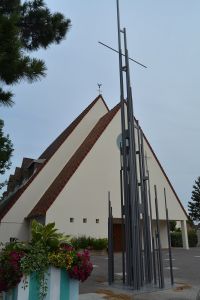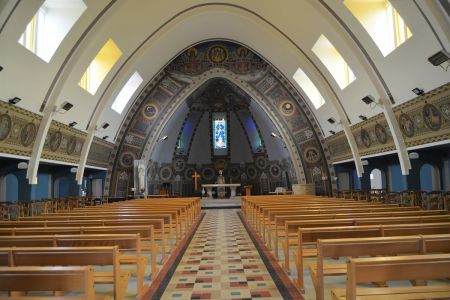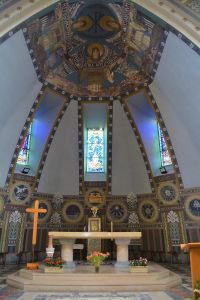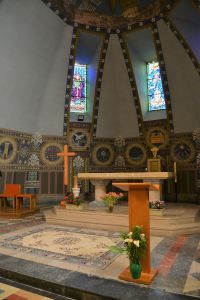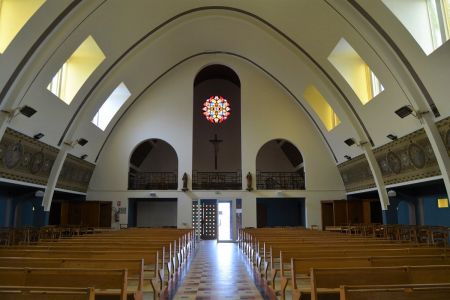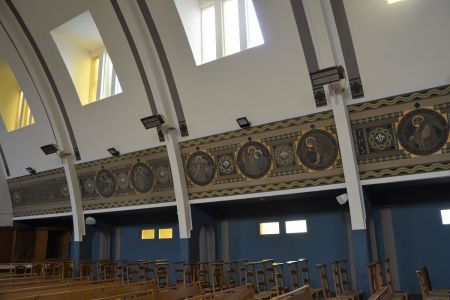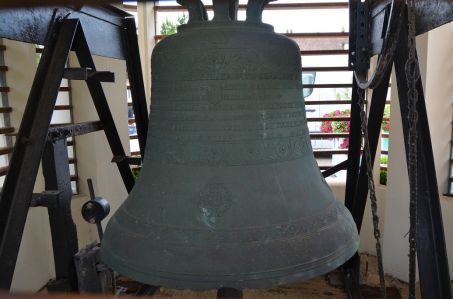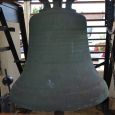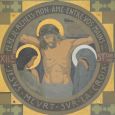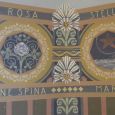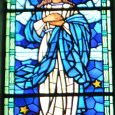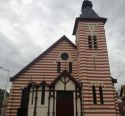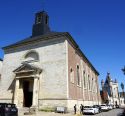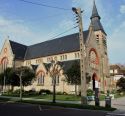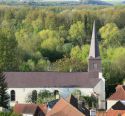Church | 1931-33 / 1950 | Art deco | Catholic Church




Map
Opening hours
01 January - 31 December
Mon 10.00 - 20.00
Tue 10.00 - 20.00
Wed 10.00 - 20.00
Thu 10.00 - 20.00
Fri 10.00 - 20.00
Sat 10.00 - 20.00
Sun 10.00 - 20.00
Religious offices
Description
For a long time, this area remained in its natural state, known only to fishermen and shellfish gatherers. It was not until the end of the 18th century that the first hamlet of a few souls appeared.
The real boom came with the development of seaside tourism at the end of the 19th century. The town took on a new lease of life and was transformed into a coastal resort with numerous facilities: villas, hotels, a casino and even a tramway connecting Quend-Fort-Mahon station to the beach. According to the Compagnie des Chemins de Fer du Nord railway company, the area was accessible from Paris in just three and a half hours.
Originally, a simple chapel, Sainte-Marie, formerly the home of Mrs Watel and Mrs Petit, was used for worship. When the new municipality of Fort-Mahon-Plage was created in 1922, the parish decided to build a proper church on the site of the chapel. In 1931, the work was entrusted to architect Louis Quételard, based in Le Touquet-Paris-Plage. Due to a lack of funding, the bell tower and porch were not built. It was not until the 1950s that the current porch was erected.
Stepping through the doors of the Church of Our Lady of the Assumption of the Blessed Virgin Mary is like stepping into a timeless world, right in the heart of the resort's main thoroughfare, while enjoying remarkable Art Deco architecture with neo-Byzantine influences.
Photos
Remarkable elements
Bell
In the absence of a bell tower, the bell is installed in a small campanile in front of the church. It was blessed in 1933.
Way of the Cross
Along the nave, the monumental work by Parisian painter A Bourgeois, created in 1938, depicts the Way of the Cross. The fourteen stations are represented, each surrounded by its description, alternating with the monograms of Christ and the instruments of the Passion.
Choir paintings
The choir decoration, also painted by Parisian artist A Bourgeois in 1938, forms a coherent pictorial ensemble with the Stations of the Cross.
The paintings represent the litanies of the Virgin Mary, symbolised in medallions.
Angels holding phylacteries overlook the ensemble.
Stained glass windows in the choir
These are the work of Daniel Darquet, a stained glass artist from Amiens.
In the centre, the artist has placed a classic representation of the Immaculate Conception: illuminated and surrounded by stars, she stands on clouds, with a crescent moon at her feet.
The two side windows depict Saint Peter, recognisable by his keys, and Saint
Joseph holding a lily and a carpenter's square.




